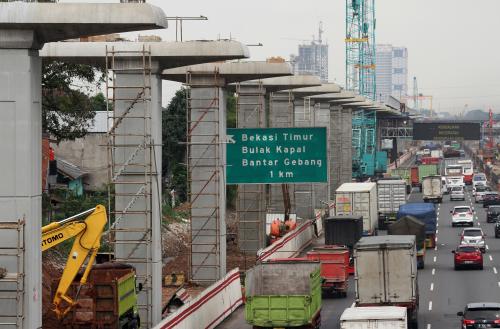The worsening financial state of the federal, state, and local governments is a frequent subject in media and political circles. As discretionary expenditures, transportation programs likely face significant changes if they are to cope with spending cuts across all levels of government. These changes would require not only reprioritizing the use of scarce funds, cutting ineffective programs, and improving the performance of remaining programs, but also encouraging states and local partners to find other sources of funding for transportation.
Measuring accessibility is an essential tool in such a makeover because it reveals the benefits of a transportation system. Accessibility is the ease of reaching valued destinations, such as jobs, shops, schools, entertainment, and recreation. As such, accessibility creates value. Capturing some of this value would allow state and local governments to invest in the operations, maintenance, and in some cases expansion of their transportation networks. Accessibility, as an outcome-oriented metric, can effectively assess transportation’s economic impact, and capturing the value of accessibility would help states and metropolitan areas develop sustainable transportation funding streams.
This study examines accessibility and its importance in assessing transportation performance and in creating a sustainable transportation funding source. It first delineates the concept of accessibility by comparing it with a common transportation performance metric, mobility. The paper then explains how accessibility can help fund transportation through a virtuous circle: infrastructure creates access, access creates value, and value can be captured to fund infrastructure. Although this paper uses evidence mainly from the Minneapolis–St. Paul metropolitan area, the final section provides policy recommendations for all levels of government involved in funding the U.S. transportation system.


